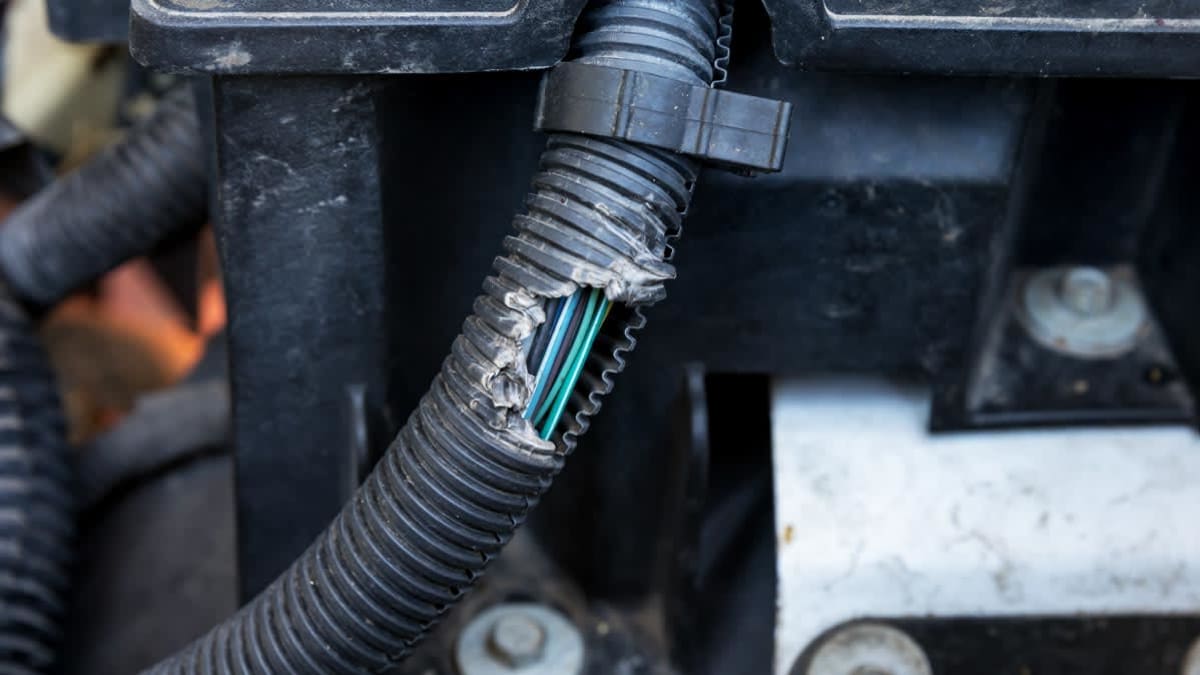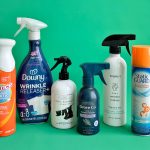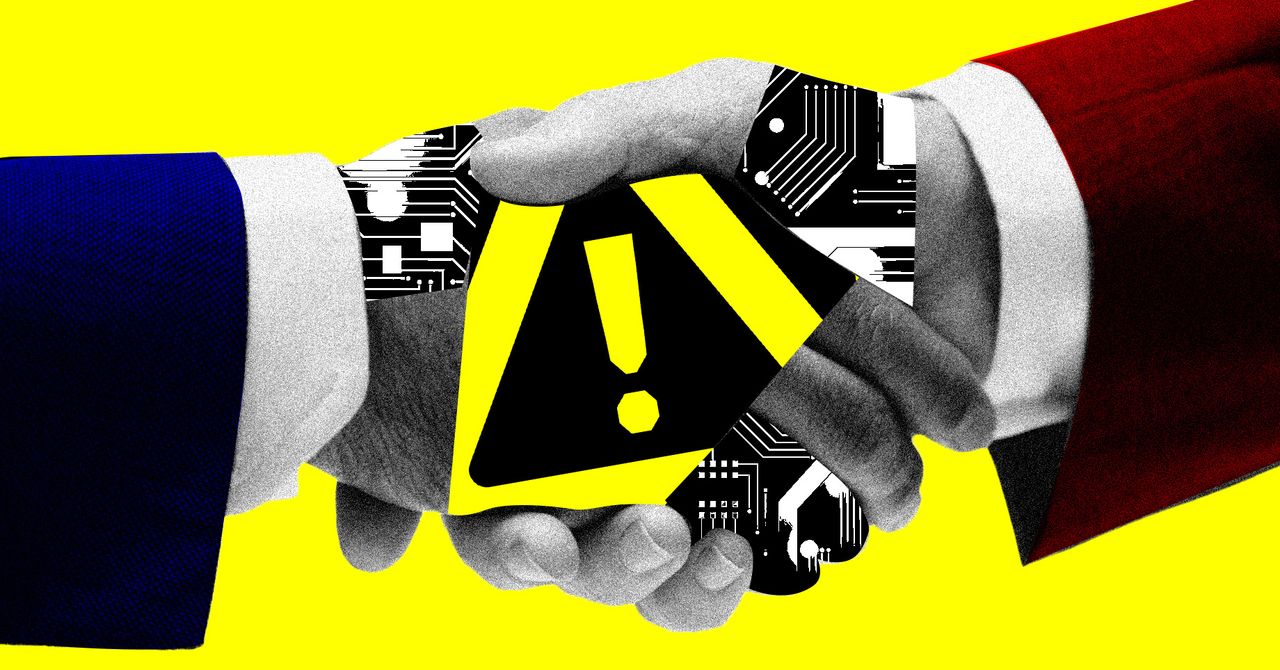
We uncovered various technical service bulletins from Ford, General Motors, Honda, Toyota, and Subaru instructing their technicians how to remedy chewed wiring harnesses.
Some Consumer Reports staffers also have stories of small, furry creatures chewing through power steering lines, filling engine intakes with acorns, and plugging up air conditioning ducts with their nests.
The problems can be severe, ranging from clogging the air filter with nesting materials to damaging the engine wiring harness, which can cost thousands to replace.
“If you see damage from rodents, take action immediately to both deter the animals and keep your car running,” says John Ibbotson, Consumer Reports’ chief mechanic. “Chewed wires are a serious concern and will require professional assessment and potentially repair.”
If the wire coating is chewed through, exposing the inner wire, the car might not be safe to drive. In such cases, it can be helpful to use a mobile mechanic, such as those available through YourMechanic, to inspect and repair the damage.
Periodically look for signs of furry visitors, such as droppings, urine, scratches, chewed wire, damaged belts, gathered nesting materials, and exposed fiber insulation.
If you suspect that you have a rodent problem, inspect and clean the car outside while wearing protective rubber gloves: Rodents can carry diseases.
Here are some other tips to keep your vehicle rodent-free.









